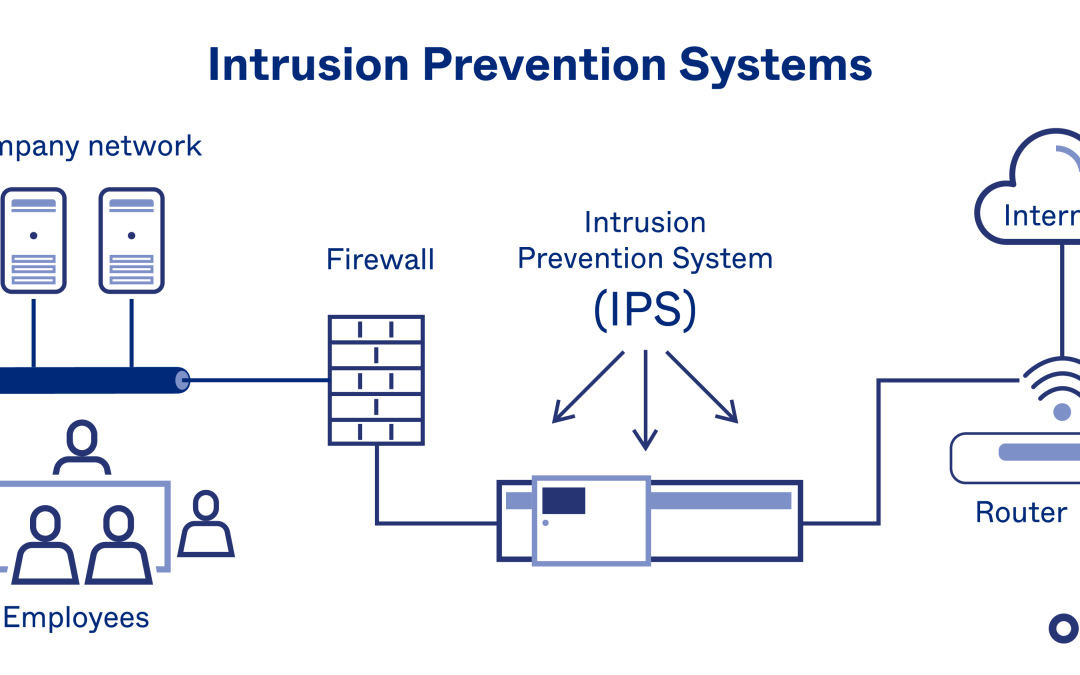Identity and Access Management (IAM) is essential to modern cybersecurity strategies because it enables organizations to control and secure access to sensitive resources. Implementing IAM protects digital assets, prevents unauthorized access, and adheres to regulatory requirements. The following are eight essential steps for implementing IAM successfully within your organization:

1. Define IAM Objectives and Scope:
Identify the assets and resources that require protection, understand the potential risks, and develop your IAM strategy based on clearly defined objectives and scope. As a result of defining the scope in advance, you will be provided with a roadmap for the entire implementation process. Consider regulatory compliance requirements relevant to your industry, such as GDPR, HIPAA, and others.
2. Conduct a Comprehensive Risk Assessment:
A thorough risk assessment aims to identify vulnerabilities and potential threats to your organization’s information assets. Assess the impact of potential security breaches on data privacy, integrity, and availability. This assessment will assist in prioritizing IAM measures as well as allocating resources effectively.
3. Establish Policies and Procedures:
IAM policies and procedures should be developed that are aligned with the organization’s objectives. Define user roles, responsibilities, and access levels based on their job duties and requirements. The process for onboarding, modifying, and offboarding user accounts must clearly be articulated. Policies must be regularly reviewed and updated as security landscapes and organizational changes evolve.
4. Select IAM Solutions and Technologies:
Ensure your organization’s IAM solutions and technologies are suitable for its needs, considering factors such as scalability, integration capabilities, and user-friendliness. There are several common IAM components, including Single Sign-On (SSO), Multi-Factor Authentication (MFA), Identity Governance and Administration (IGA), and Privileged Access Management (PAM). Select solutions aligning with your organization’s infrastructure and future growth plans.
5. Implement User Provisioning and Deprovisioning:
Utilize efficient provisioning and deprovisioning mechanisms for user lifecycle management to streamline user lifecycle management. Automate the onboarding and offboarding process to reduce the risk of unauthorized access. This includes creating, editing, and deactivating user accounts as promptly as possible in accordance with predetermined roles and responsibilities.
6. Enforce Multi-Factor Authentication (MFA):
Implement multi-factor authentication (MFA) to strengthen access controls. Ensure that users are authenticated using two or more verification methods, including passwords, biometrics, and smart cards. By utilizing multi-factor authentication, unauthorized access is significantly reduced, especially when credentials are compromised. MFA provides an additional layer of security, reducing the risk of unauthorized access.
7. Continuous Monitoring and Auditing:
Establish continuous monitoring and auditing processes to detect and mitigate security incidents. Perform periodic security audits and review access logs regularly. The proactive approach allows for timely intervention and mitigation of anomalies, suspicious behavior, or potential security threats.
8. Provide Ongoing Training and Awareness:
Educate employees on the importance of strong password practices, identifying phishing attempts, and adhering to IAM policies. Encourage a culture of security awareness within your organization by providing ongoing employee training. As human error is often a significant factor in security breaches, IAM implementations must be successful.
Conclusion
Identity and Access Management is a multifaceted process at Enterprise Systems that requires careful planning, adherence to best practices, and ongoing commitment. Organizations can attain a robust IAM framework by following these eight steps, enhancing security, and contributing to regulatory compliance and overall risk management. Ensure your IAM strategy is continually reassessed and updated to adapt to emerging threats and maintain effectiveness.


Recent Comments